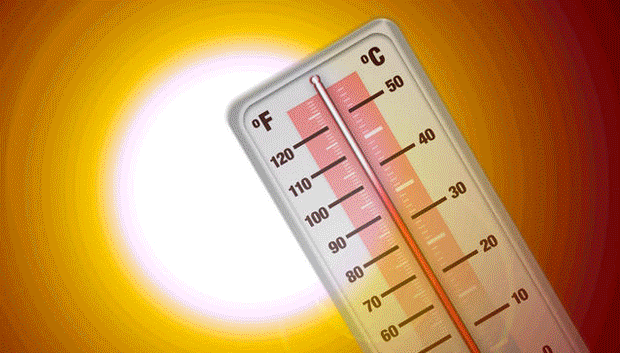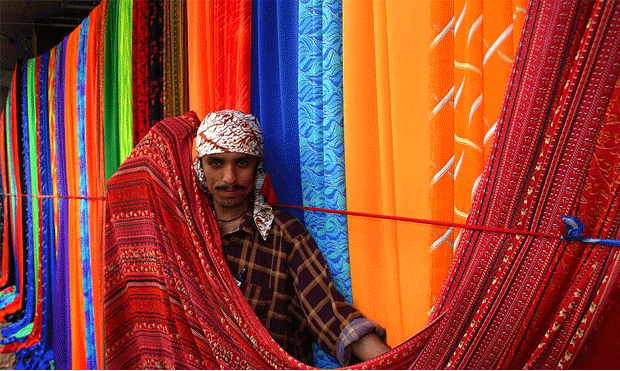|
Most people would agree that summer is indeed the
best time of the year, however if you are not careful, it would also be
a time of sun-damaged skin, heat exhaustion and dehydration.
One of the most common misfortunes that can happen to anyone during
summer time is dehydration. Because of the excessive heat, exercising
will cause an excessive loss of fluids in the body. Sweating profusely
is the body’s way of cooling down. Brisk walking alone can generate up
to 16 ounce of sweat depending on the weather condition.
|
|
 |
|
So how would you know that your body is dehydrated? Obviously, the first
and most common reaction of the body is to send out a signal of thirst.
Next, you will notice infrequent urination. The urine itself becomes
more concentrated and yellowish.
Once the level of dehydration in the body increases, you will experience
dry mouth and throat, maybe agitation, light-headedness, weakness,
headache, fainting, nausea and vomiting. As dehydration worsens, there
may be signs of confusion, deliriousness, heart palpitations, or of
seizures, where urgent emergency medical assistance is needed. The
affected individual should also be moved to a cooler place, and cool the
body with cold compress, ice and electric fan.
Complications of other conditions can also happen due to fluid loss or
dehydration in the body. This may include electrolyte imbalance, heat
exhaustion, kidney failure, coma, and shock. Without a doubt, summer
among other seasons, is a crucial time to nourish the body with
significant amounts of fluids.
Sun Safety Tips for Preventing Heat Stroke
Heat stroke or sunstroke happens when there is an overheating of the
body, which causes the body temperature to rise dramatically. If not
properly and promptly treated, this medical emergency can be fatal.
Severe hyperthermia happens when the body temperature reaches 104
degrees Fahrenheit (40 degrees Celsius) or higher.
|
|

|
|
The most common symptoms of heat stroke is a high level of body
temperature, the absence of sweating, flushed and dry skin, rapid pulse,
difficulty of breathing, hallucinations, confusions, disorientations,
seizure or coma.
Here are some great tips to keep you well-hydrated and prevent heat
stroke:
1. Drink at least 8 glasses or 2 litres of water everyday.
2. Wherever you go, it is best to bring along water for you to sip
throughout the day.
3. Don’t wait for thirst to set in, but drink fluid even if you are not
thirsty. Remember thirst is the first sign that your body is dehydrated.
4. Avoid alcoholic drinks, especially during a hot day because it
increases water loss.
5. Take along and consume more amount of water to outdoor activities
where increased sweating and heat stress are likely to happen.
Once you follow these summer heat tips, you can be sure to avoid
dehydration, including heat stroke.
Easy Steps for Summer Heat Safety
|
|

|
|
1. Start the morning with lots of fluids.
2. Eat light and small frequent meals all throughout the day. Your food
diet should include leafy lettuce and summer greens, corn and cucumber.
These are great food that contains significant amounts of water.
3. Include in your diet summer fruits like watermelon, melon and citrus
fruits. You can either eat them or extract their juice and store it in
the fridge to sip through the day.
4. Wear lightweight, comfortable and loose cotton clothing that protects
the body from the sun. Do you know that the light-colour clothing can
reflect the sunlight away from you?
5. Enjoy outdoor activities during the cooler time of the day. Early
morning until 10am or after 5pm is the best time to have fun.
6. Let your body adjust and tolerate the hot weather condition first by
pacing yourself when working or exercising outdoors.
7. Stay under the shade and enjoy a cool breeze or take cool showers to
bring down your body temperature.
Summer time is the season where sunburn can happen easily if you are not
careful. If you do get sunburned, mix one part of tea tree oil to 10
parts of coconut oil and apply this generously to the affected areas.
This concoction is very effective in soothing and relieving pain. It can
reduce peeling and blistering too.
Remember to wear light coloured, loose comfortable clothing. Stay in the
shade during the hottest time of the day. If you are outdoors, avoid
over exposure to the sun. If you are concerned about your hydration
levels, then come and ask us for a simple 15 minute VLA test. This can
also determine the major factors to assist with your optimal hydration.
Follow these summer heat tips to enjoy the summer and stay cool and
well-hydrated. |